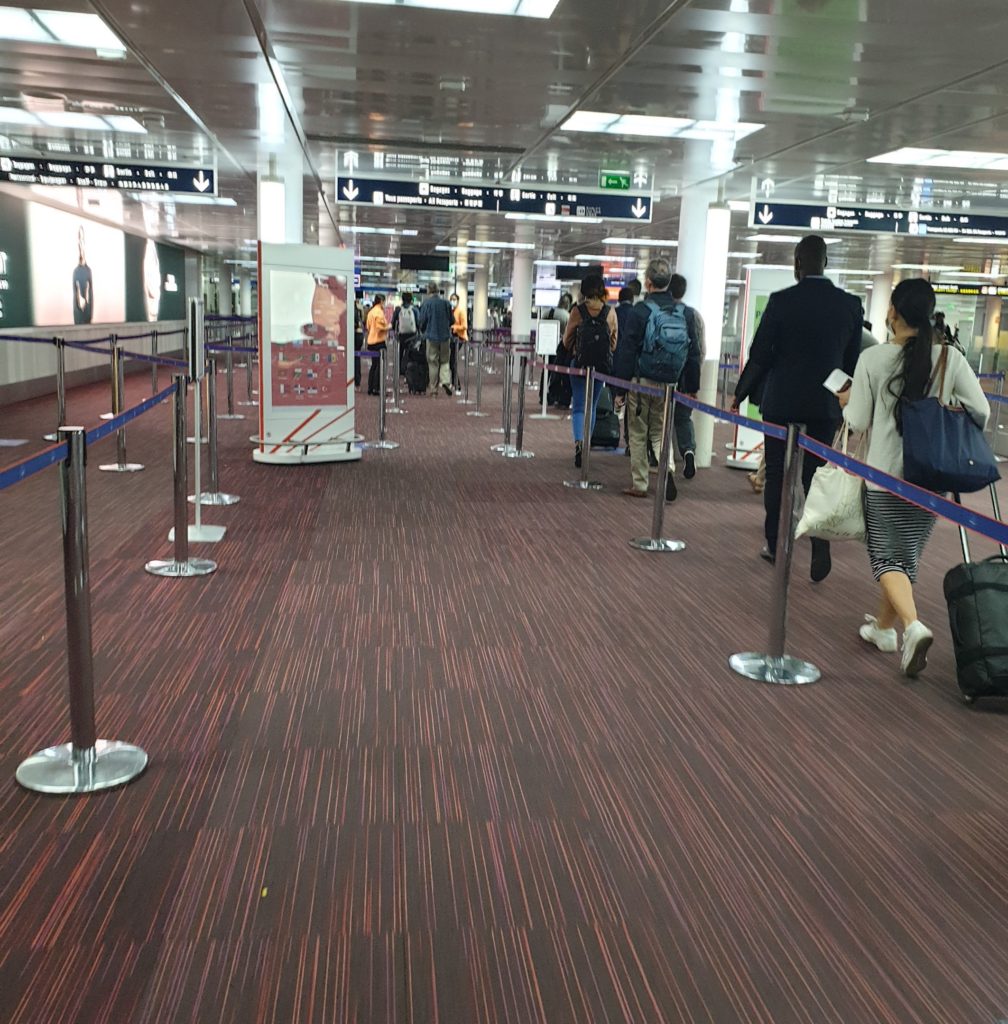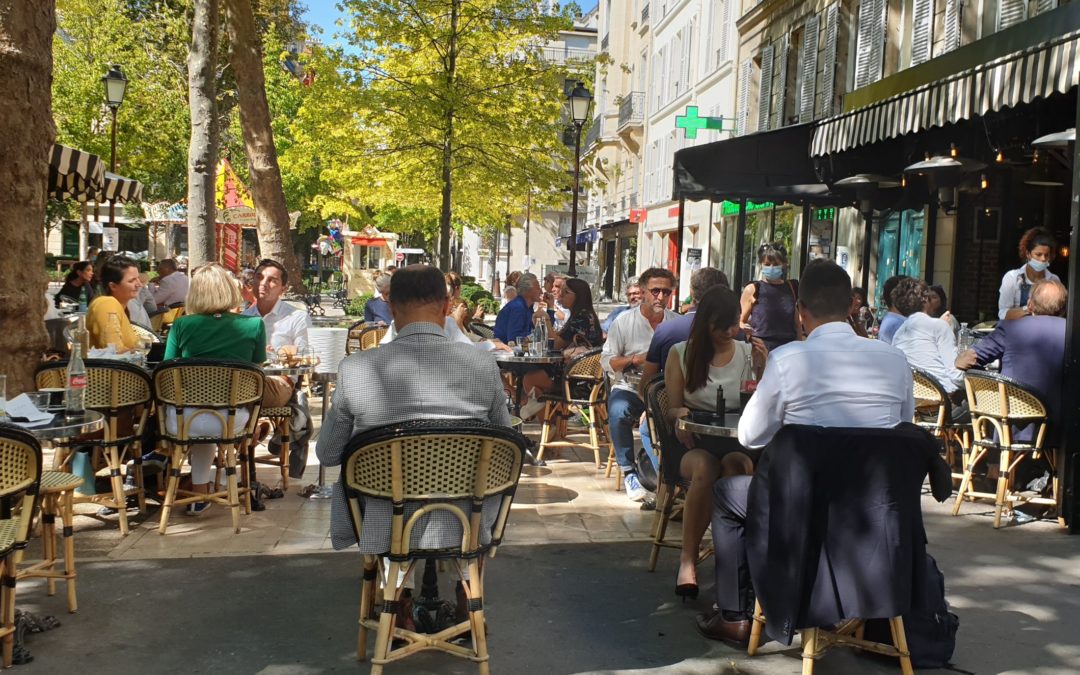The autumn return to school and work in France is famously known as “La Rentrée,” when vacations are over and real life resumes. Stores fill with school supplies, bookstores with newly published works and the Assemblée Nationale with politicians finding new ways to disagree with each other.
It’s a time-honored nationwide ritual that leaves journalists struggling to say something original about it each year. That’s not a problem in 2020.
When I departed for the U.S. some weeks ago, it was from a country that prided itself on successful, if somewhat flawed, management of the pandemic. Now, as school starts up again and people begin working in their offices, COVID-19 cases here are rising at an alarming rate. The daily average of new cases is about 7,000, a steady increase from mid-July, when the figure was less than 500.
The government has cracked down in several ways to try to control the surge. Most visibly, masks are required across the nation in all interior spaces, and, in some cities, including Paris, outdoors as well. Only joggers and bicyclists are exempted.
I see many more masked people on the street now. But it’s difficult to wear one at an outdoor restaurant or café, and as far as I can tell, very few try. This is especially noticeable in places where passersby must squeeze between tables to get where they are going on the sidewalk.
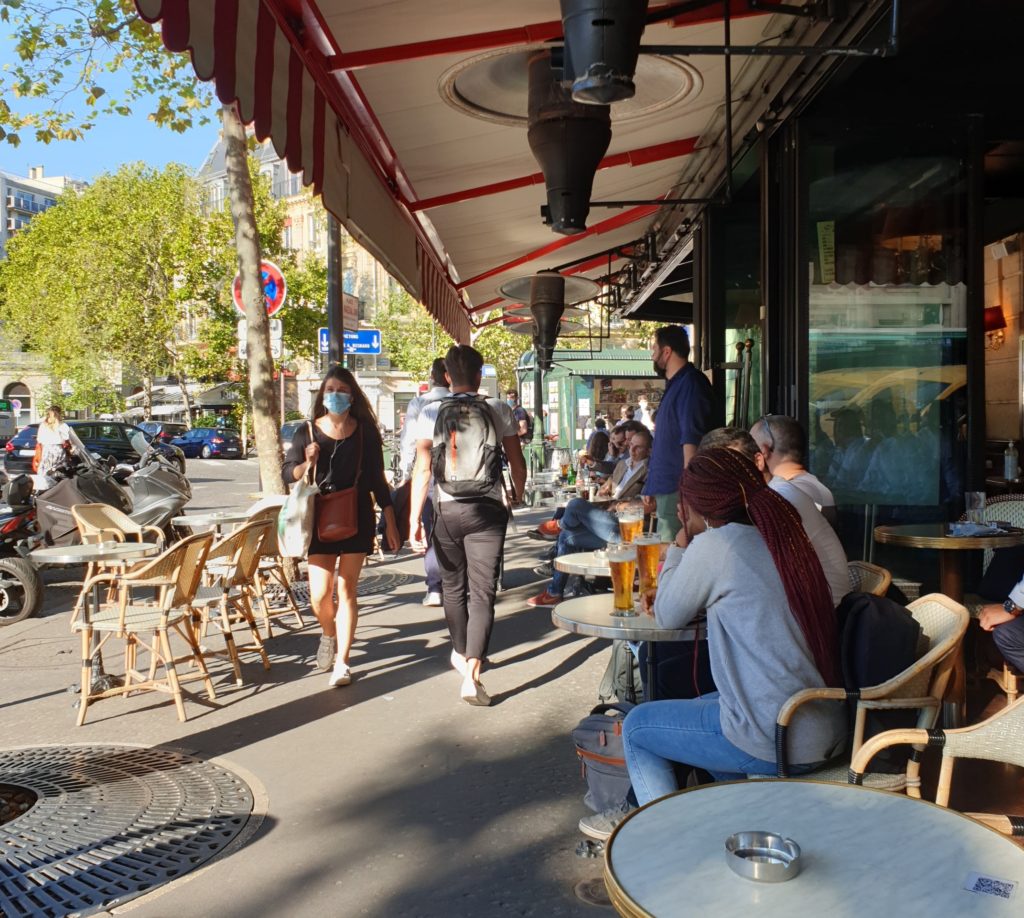
At least France has a mask mandate, and in theory it’s widely supported. What were supposed to be Europe-wide demonstrations against masks recently drew 18,000 protesters in Berlin – and 300 in Paris.
Some people protest quietly. Masks are worn around the chin, or under the nose, or not all the time. Especially when cigarettes are involved.
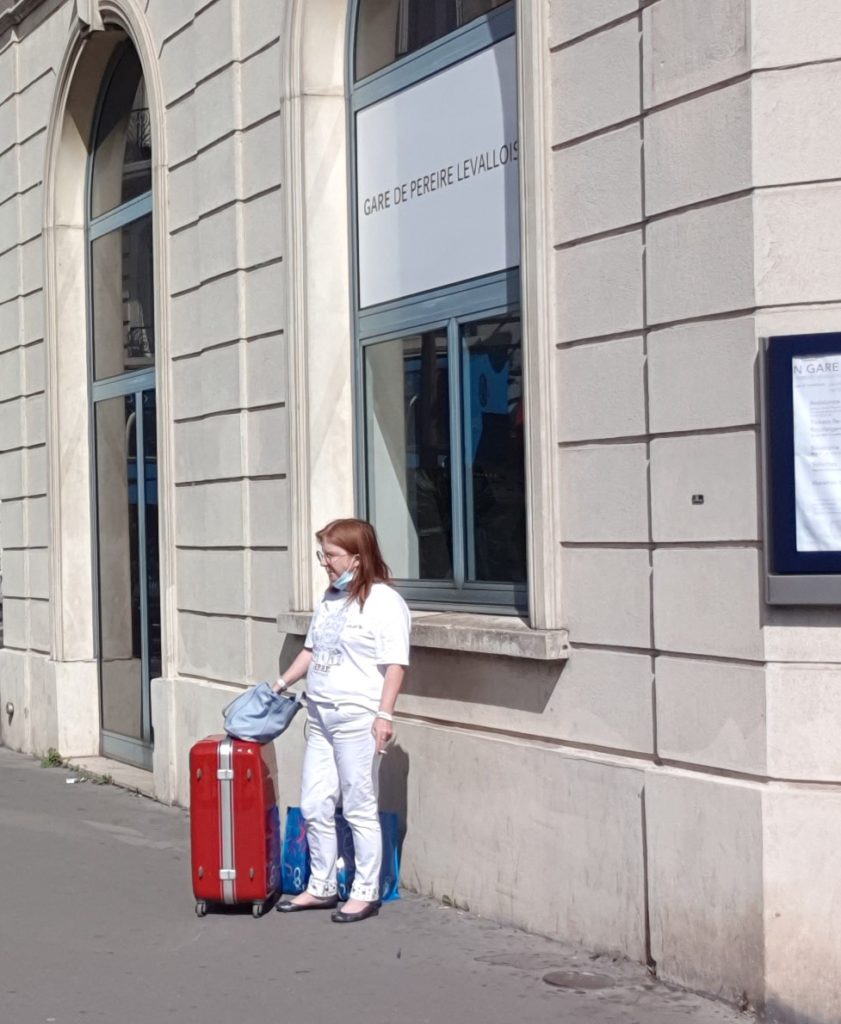
The Paris campaign to get people to wear masks includes calling them a fashion accessory.
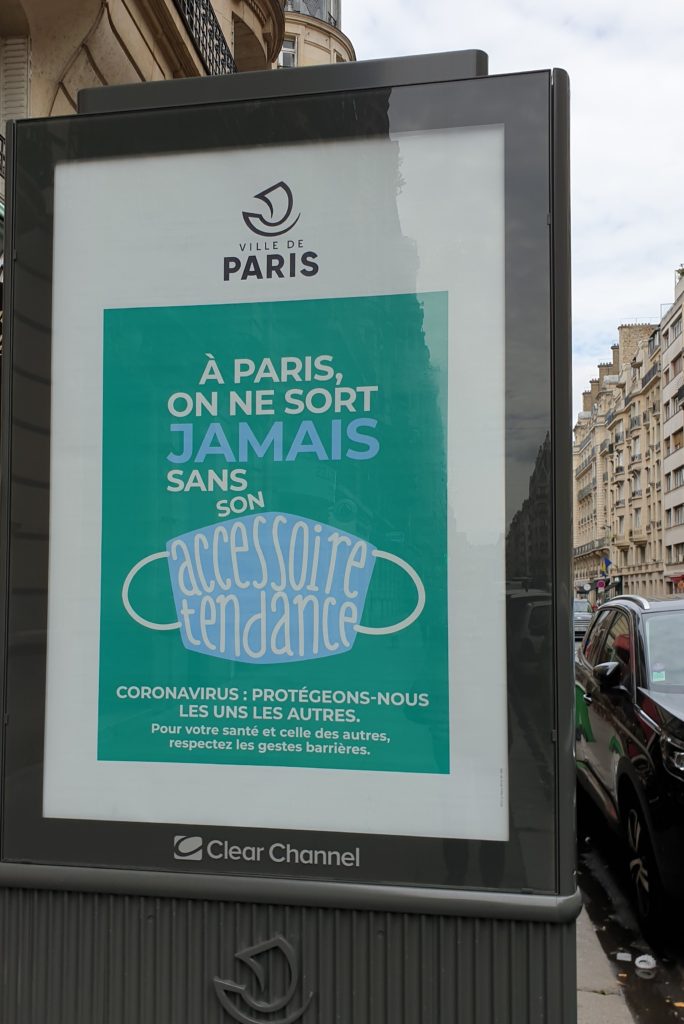
It’s one part of a comprehensive strategy to get through the next phase. With hospitalizations and intensive-care occupancy lower than during the 56-day lockdown last spring, the optimistic view is the country can survive the expected wave of COVID-19 contracted during the summer vacation. If not, officials say they have a new lockdown plan ready to go.
“Wearing a mask is a reasonable constraint that we have to accept for a while,” President Emmanuel Macron – wearing a mask – told reporters a few days ago.
(Pause to imagine such a message, and fashion statement, emerging from the leader of the United States.)
Speaking of the U.S., my trip back went smoothly. As previously noted, while we were gone the government imposed a rule that required all returning residents to show, at the departure airport, a negative result from a COVID test taken within 72 hours. This is not easy to find in many parts of America. I needed the papers even sooner since my flight was on a Wednesday.
Happily, the test documents arrived via email an hour before the time to leave for the airport. I have never been so happy to see the not-really-lovely international terminal at Dulles.
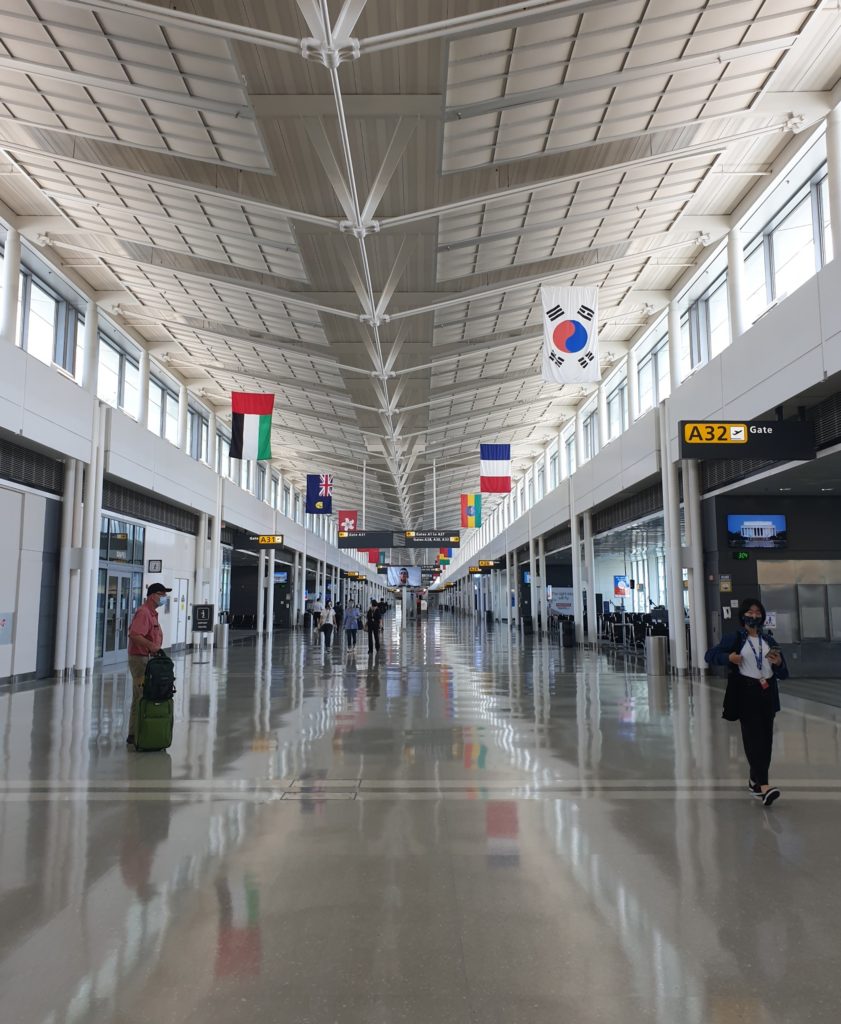
And I got an additional benefit after landing at Charles de Gaulle. Other flights had come in at the same time, so the line at immigration was long. But those of us coming from the U.S. and the three other pariah countries subject to the same testing rule were shunted into a different, and much shorter, line so our results could be checked again. I suspect it won’t be my last COVID test.
